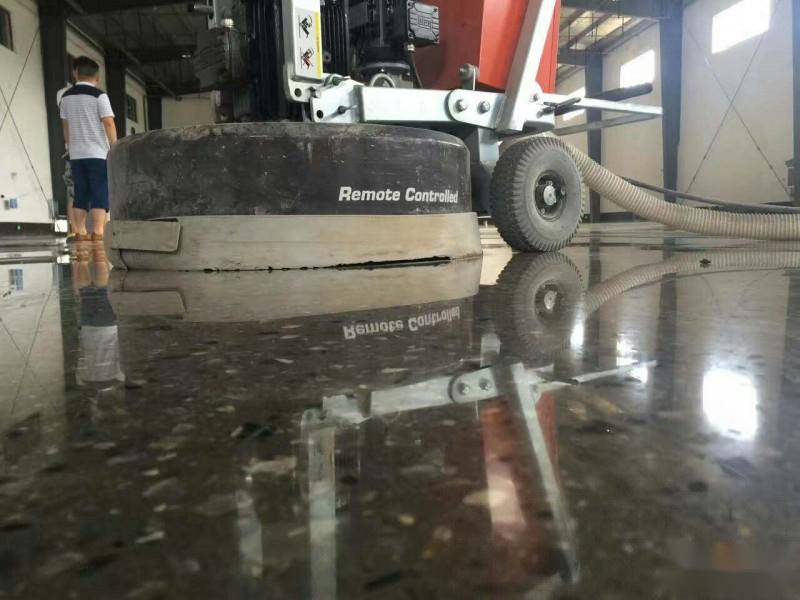With the rapid development of construction operations and the continuous improvement of our living standards, the role of concrete sealer in operations is becoming more and more prominent. Next, let's together understand what common questions are clarified when it comes to concrete sealer.
When choosing construction coatings, the primary factors to consider are decorative effect, durability, environmental protection, and cost-effectiveness. The decorative effect of coatings is primarily expressed through texture, color, and gloss. Texture is the sensory characteristic of materials, such as thickness, flatness, and three-dimensionality. Color is a notable question in decorative effect, and the color of coatings reflects the artistic style of a building. Gloss is a physical property of coatings. In construction decoration, different parts have different requirements for gloss.
Sealer floor is exposed to the atmosphere all year round, experiencing changes in climate throughout the seasons. Under the external influences of sunlight, wind, rain, heat, etc., coatings are prone to cracking, powdering, discoloration, bubbling, peeling, staining, etc., which can cause the coatings to lose their original decorative effect and maintenance function. The appearance of the coatings becomes new, which will seriously affect the building surface and damage the cityscape. It is clear that its cost-effectiveness is closely related to the decorative level.
When selecting sealer floor coatings, attention should also be paid to the cost-effectiveness of different types of products. Coatings with good cost-effectiveness can be accepted by the market. During construction, wall plastering should wait for each layer of plaster to dry completely before proceeding to the next step. If the plaster is not dry and painting is started, it may cause moisture to return outward, resulting in blistering.
Concrete sealer floor analysis leads to the following conclusions:
1. Uneven settlement of the building foundation structure causes wall cracks.
2. The improper proportion of the plastering material, too fine aggregate particle size in the mortar, and excessive proportion of adhesive construction material lead to excessive shrinkage of the mortar and cracks.
3. When the external temperature during construction is too high, moisture evaporates easily, the base layer absorbs water too quickly, the mortar layer loses water too quickly, the hydration reaction of cement is incomplete, resulting in uneven shrinkage and many fine and short irregular cracks.
In conclusion, we understand that when it comes to concrete sealer, common questions are clarified as mentioned above, and we need to understand its relevant information and concepts.












